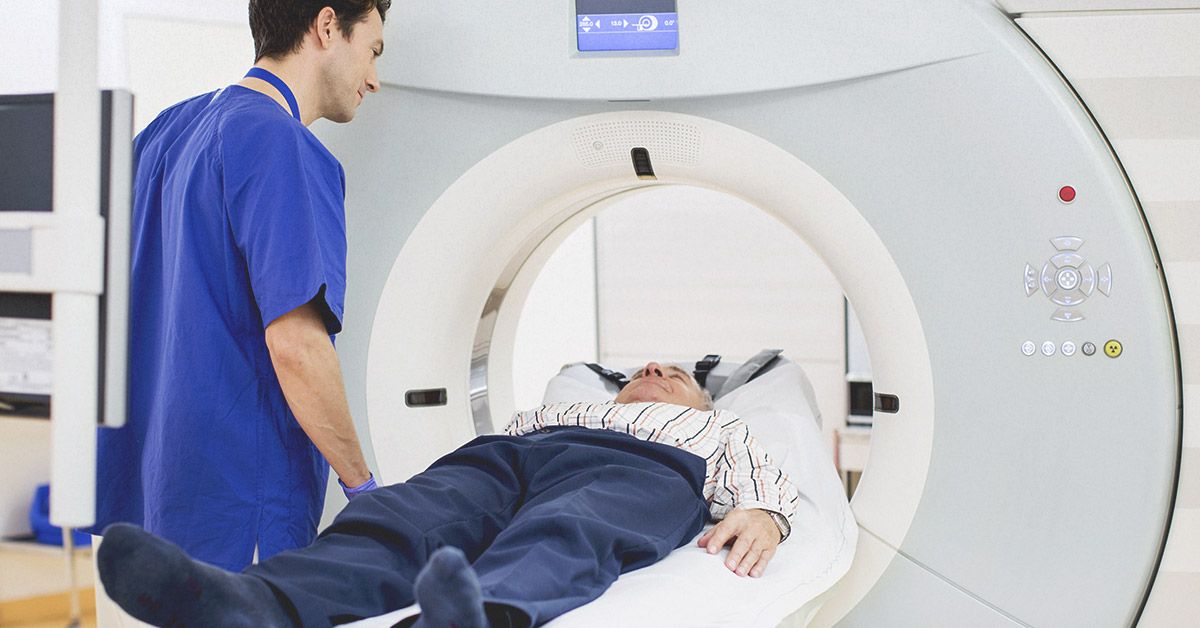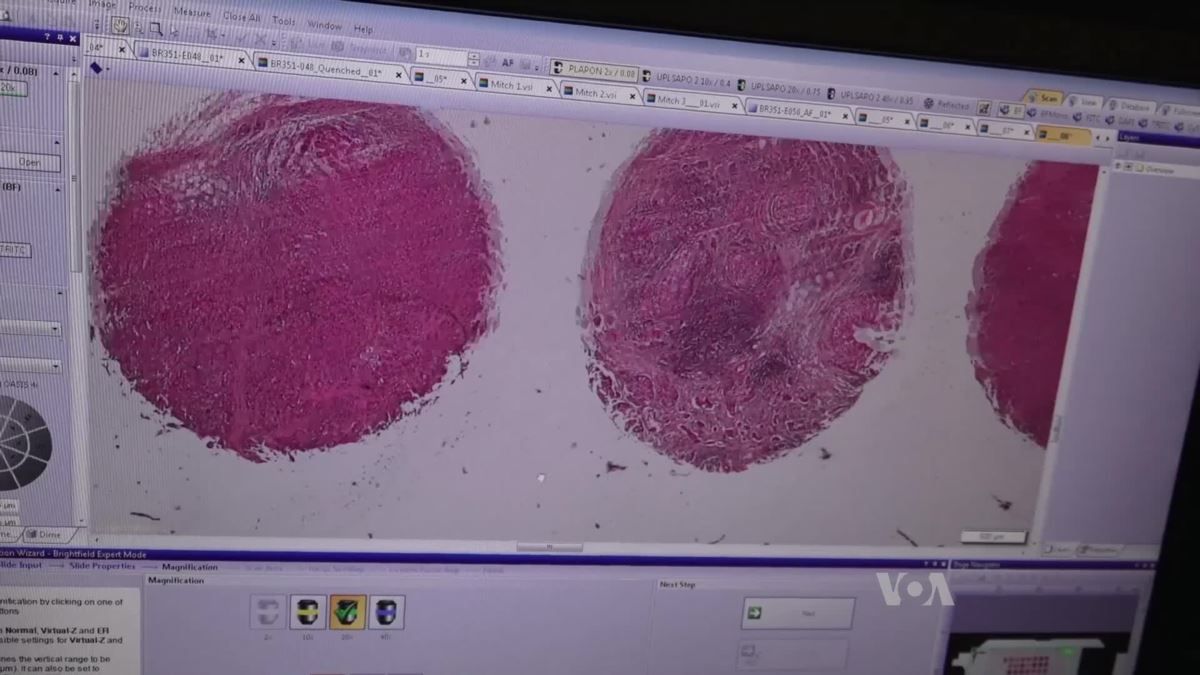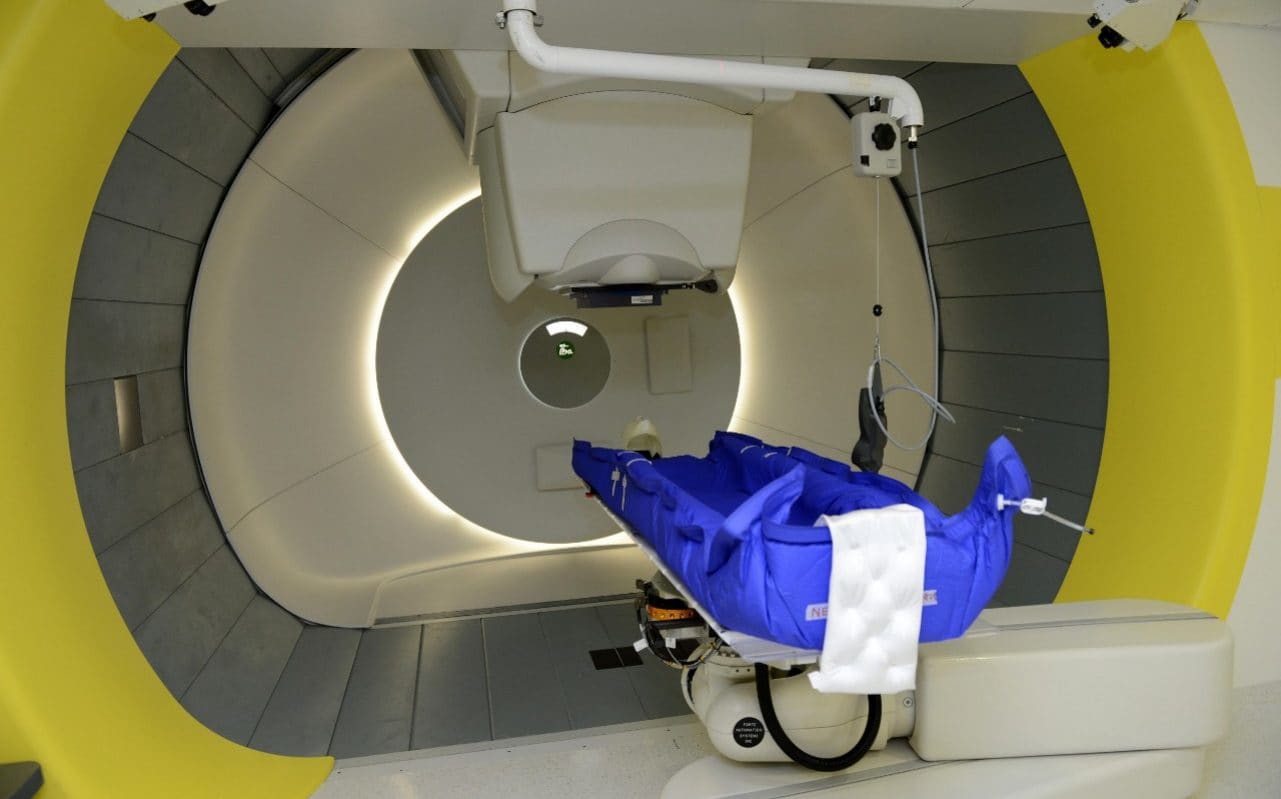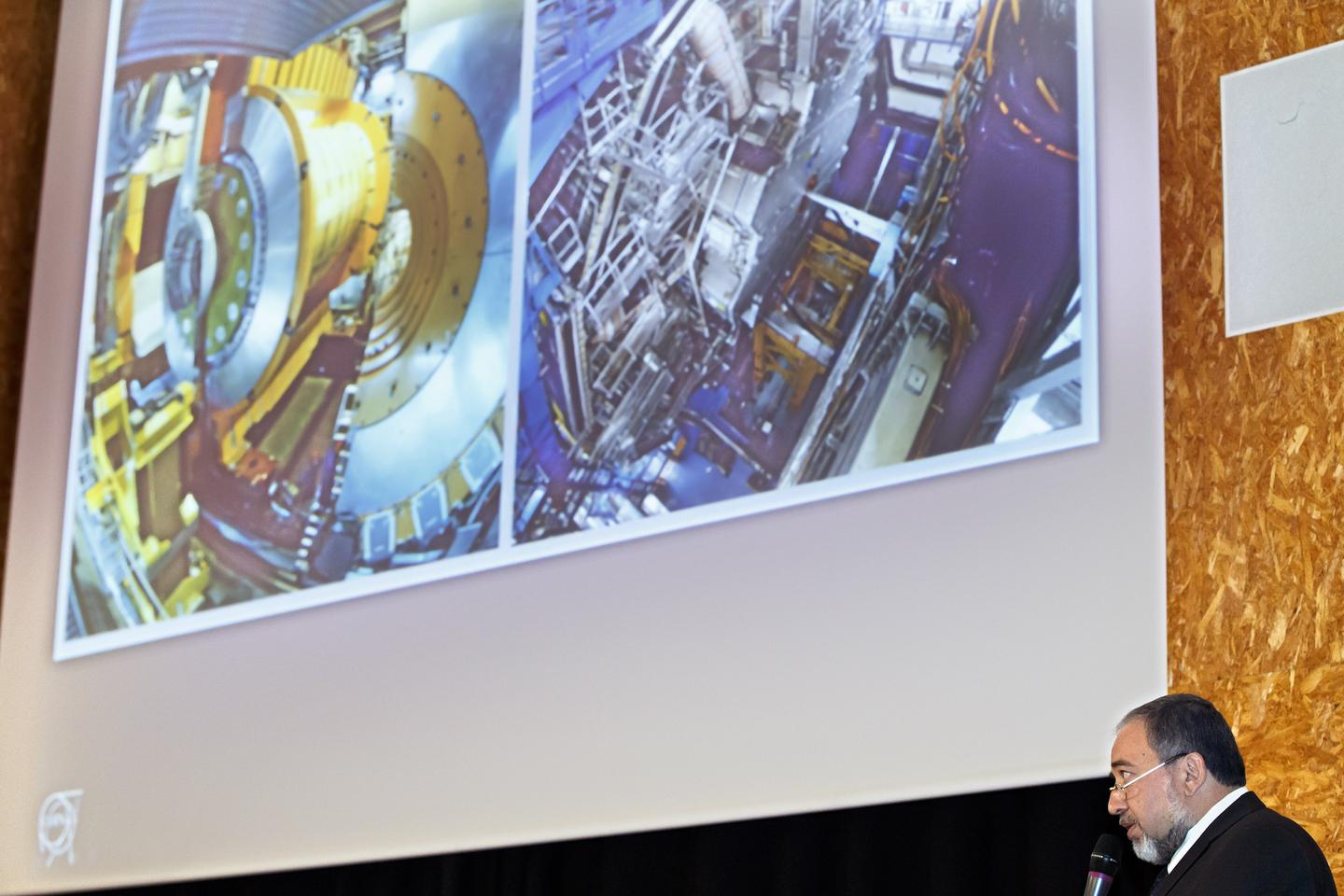Page 9243
Dec 2, 2018
Screening for Early Lung Cancer
Posted by Genevieve Klien in categories: biotech/medical, computing
But while screening can be extremely helpful, it also carries some risks. Here’s what you need to know about lung cancer screenings.
How does lung cancer screening work?
Currently, there’s only one recommended screening test for lung cancer: low-dose computer tomography (low-dose CT scan). This test creates images of the inside of the body — or in this case, the lungs — using low doses of radiation.
Dec 2, 2018
Can Artificial Intelligence Make Doctors Better?
Posted by Genevieve Klien in categories: biotech/medical, robotics/AI
Artificial intelligence and machine learning: the next revolution in medicine and cancer research.
Dec 2, 2018
Cafe in Japan Hires Paralyzed People to Control Robot Servers
Posted by Sean Cusack in categories: biotech/medical, habitats, robotics/AI
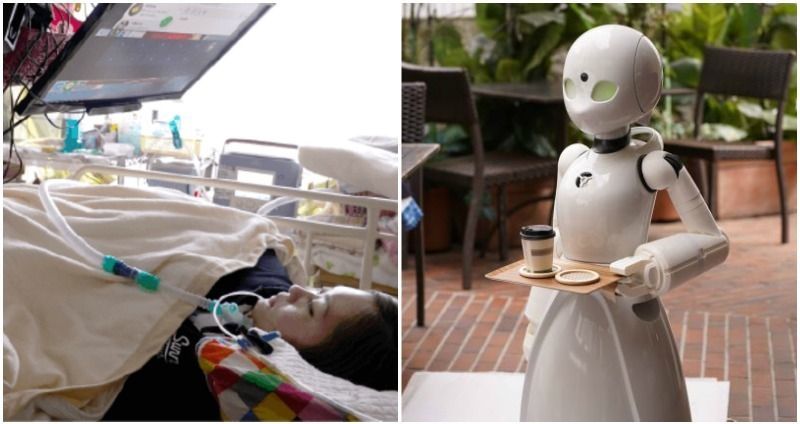
The OriHime-D can also be used by people involved in childcare, nursing care or other activities that prevent them from leaving home or a certain location.
A cafe with an all-robot staff controlled by paralyzed people has opened in Tokyo.
Continue reading “Cafe in Japan Hires Paralyzed People to Control Robot Servers” »
Dec 2, 2018
Proton beam failure leaves hundreds of child cancer patients at risk
Posted by Genevieve Klien in categories: biotech/medical, government
Hundreds of children with cancer are resorting to inferior treatment because of a failure to open two flagship specialist centres, experts have warned.
NHS officials have admitted that no patient has yet received state-of-the-art proton beam therapy (PBT) at either its new London or Manchester sites, despite a Government pledge to be treating 1,500 a year by 2018.
Leading oncologists have called for transparency after two promised opening dates at The Christie NHS Foundation Trust were missed this year and the deadline quietly pushed back.
Continue reading “Proton beam failure leaves hundreds of child cancer patients at risk” »
Dec 2, 2018
These Dresses Record Groping Because So Many Men Won’t Believe Women
Posted by Shane Hinshaw in categories: computing, internet
Even after the rise of #MeToo, disbelief is all too commonly the outcome of reporting sexual harassment and assault. Many women describe the experience of having men they trust doubt the severity and frequency of what they have to put up with as painful as the experience itself. Advertising agency Ogilvy wondered if men would be more likely to pay attention to smart clothing than the women in their lives, so they created dresses that keep a record of events.
The dresses have sensors sewn into them that record contact and pressure. Any impact on a sensor is sent via wifi to a computer that not only keeps track of what is happening but translates it into a heat map of location and time of contact with the body.
When three women wore the dresses to a Brazilian party, they were touched non-consensually 157 times in less than four hours – a rate of more than once every five minutes per woman. As the video below shows, this is despite repeatedly telling the men involved to stop.
Continue reading “These Dresses Record Groping Because So Many Men Won’t Believe Women” »
Dec 2, 2018
Why the future will forget about meat
Posted by Shane Hinshaw in categories: food, futurism
Food experts are learning to love fake beef. By the 22nd century, the real thing may be a rarity.
Food experts like Michael Pollan are learning to love fake beef. Will the real thing even exist in the 22nd century?
Dec 2, 2018
Researchers develop painless method to evaluate tumor progression
Posted by Genevieve Klien in categories: biotech/medical, genetics
NANJING — Chinese researchers have developed a new evaluating model using medical imaging to help painlessly evaluate tumor progression in patients.
Doctors usually use the biological characteristics of tumors to observe the progress and response to treatment, such as if there are gene mutations or malignant features. Previous studies have shown that identifying the biological characteristics may contribute to better treatment and may increase survival rates.
Traditional methods to get tumor tissue include surgery and puncture, which are invasive, painful and costly.
Continue reading “Researchers develop painless method to evaluate tumor progression” »
Dec 2, 2018
Untangling the Origin of String Theory
Posted by Genevieve Klien in categories: biotech/medical, quantum physics
In the summer of 1968, while a visitor in CERN’s theory division, Gabriele Veneziano wrote a paper titled “Construction of a crossing-symmetric, Regge behaved amplitude for linearly-rising trajectories”. He was trying to explain the strong interaction, but his paper wound up marking the beginning of string theory.
Dec 2, 2018
Astronaut says a neglected telescope is NASA’s best chance of defending Earth from ‘city killer’ asteroids — ‘for God’s sake, fund it’
Posted by Michael Lance in categories: asteroid/comet impacts, existential risks, government, military
Killer asteroids might be a bigger threat than you think.
- Small asteroids can strike Earth with the force of many nuclear weapons and destroy entire cities.
- A small fraction of such asteroids is estimated to have been found, but NASA is supposed to find 90% of them by 2020.
- Retired astronaut Rusty Schweickart says a relatively inexpensive space telescope, called the Near-Earth Object Camera, could find these space rocks — and quickly.
- NASA has denied full funding to NEOCam multiple times because the agency’s mission selection process is weighted against the telescope.
- NEOCam’s supporters say the telescope needs just $40 million more in NASA’s budget to launch into space.
- It’s up to President Trump and Congress to raise NASA’s budget enough to support the mission.
A former NASA astronaut says the agency he used to work for has a duty to protect civilians from killer asteroids, but that it isn’t meeting that obligation.
The threat of asteroid strikes might seem as abstract as outer space itself. But the risk, while infrequent, is real — and potentially more deadly than the threat posed by some of the most powerful nuclear weapons ever detonated.

